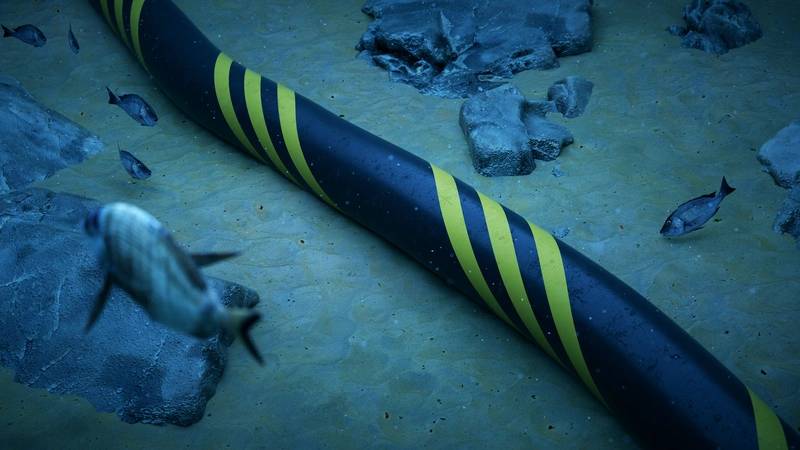This week at Marine Technology News…
No subsea telecommunications cable can be guarded all the time.
In response to the most recent suspicious severing of telecommunications cables in the Baltic, NATO’s Center for Maritime Research and Experimentation in Italy launched software that will combine private and military data along with input from hydrophones, radars, satellites, vessels’ Automatic Identification Systems and the distributed acoustic sensing fibers that are used to localize cuts in cables.
All this technology is aimed at determining the cause of damage after the fact.
Globally, around 150 cables are damaged each year, most by accidental human interventions such as dragged anchors, but some 25% are the result of natural causes such as ocean currents and storms.
Climate change could impact some of these processes. The increase in frequency and severity of cyclones, for example, and their shifting tracks, could change which locations are at risk from seabed disturbance from storm waves.
Natural causes may be just as difficult to predict as geopolitical ones, but a group of researchers from the UK’s National Oceanographic Centre have just published their research into what could help.
Their analysis of over 50 years of records indicates that damage from natural causes is rarely linked to a single event, rather it comes from a cascade of causes such as storms and seafloor currents, that could span years. It is these hazards that are most likely to change in frequency and magnitude in response to climate change, but they are also more predictable. Even if individual events are difficult to predict, higher risk locations can be identified.
Better climate prediction models are still needed, as well as more, and higher resolution, bathymetry data – only around 25% of the seabed globally has been mapped to date. Repeat seafloor surveys, coupled with direct monitoring, could provide further insights.
This extra data and modelling could provide better understanding of seafloor processes and identify potential hazards such as evidence of previous flow behavior.
These scientific advances won’t help prevent suspicious human behavior, although it too could be viewed as the result of a cascade of causes.
(The study on the natural causes of telecommunication cable damage was published in Earth-Science Reviews by researchers from National Oceanographic Centre, National Grid, Victoria University of Wellington, Durham University, Ocean-IQ and Tonga Cable Limited.)

